How were femininity and masculinity expressed by lesbians? What roles do they play in representation?
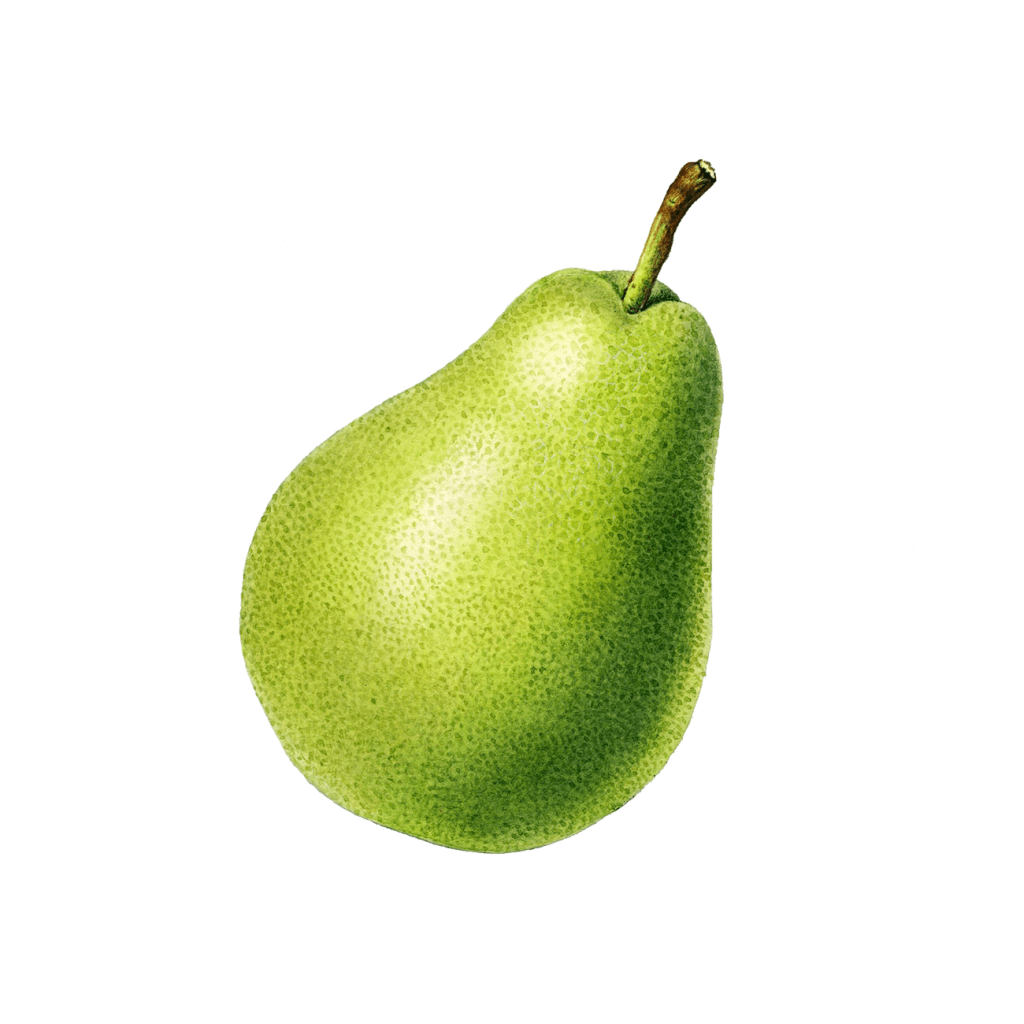
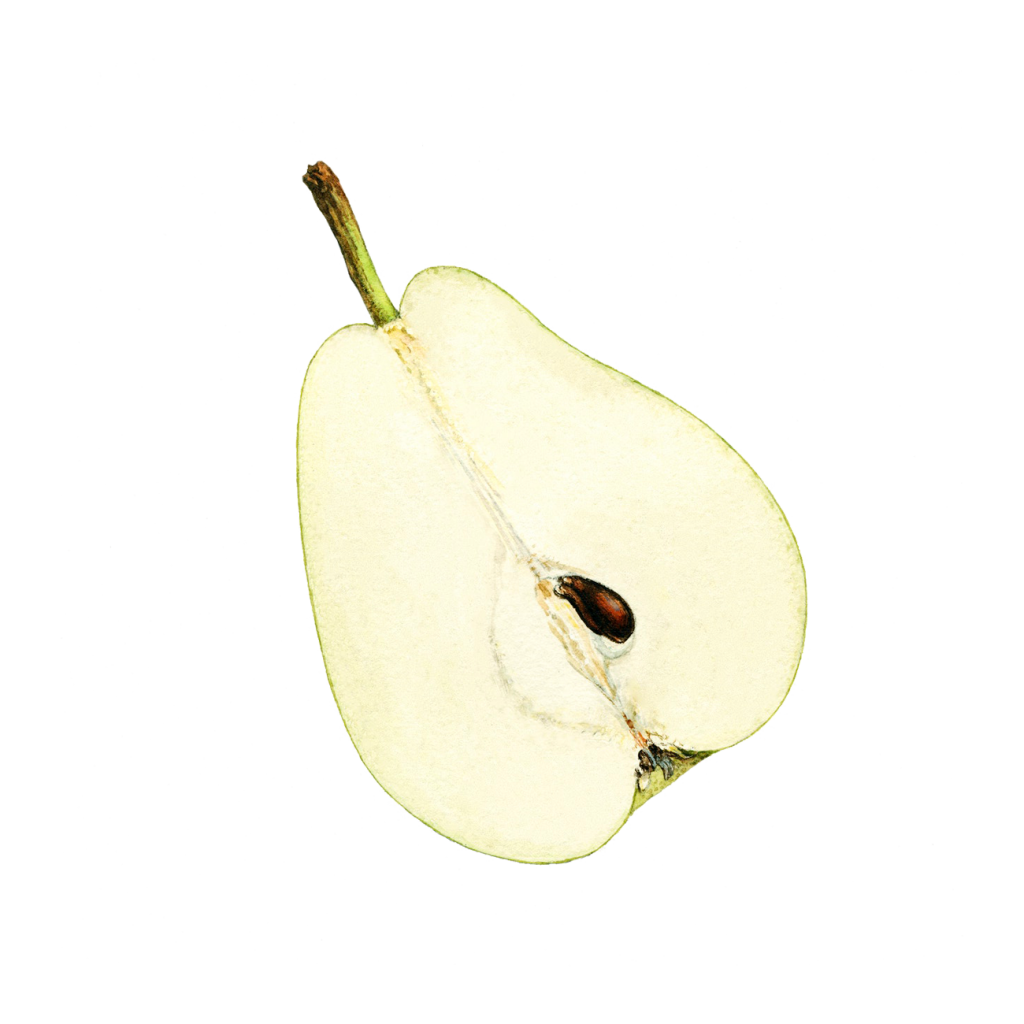
How does desire sustain a community?
How were femininity and masculinity expressed by lesbians? What roles do they play in representation?


How does desire sustain a community?
The following images represent what many consider to be markers of masculinity and femininity as they are translated and refracted by lesbian individuals. Wearable articles such as leather, lace, jewelry, suits, or shoes allowed people to explore and play with expression, and feel that their sexuality was adequately represented. Photographers active during this time such as JEB (Joan Biren) and Morgan Gwenwald were able to capture these dynamics. While their work documented the lesbian community at large, butch/femme individuals were hard to miss during this period of intense cultural production.
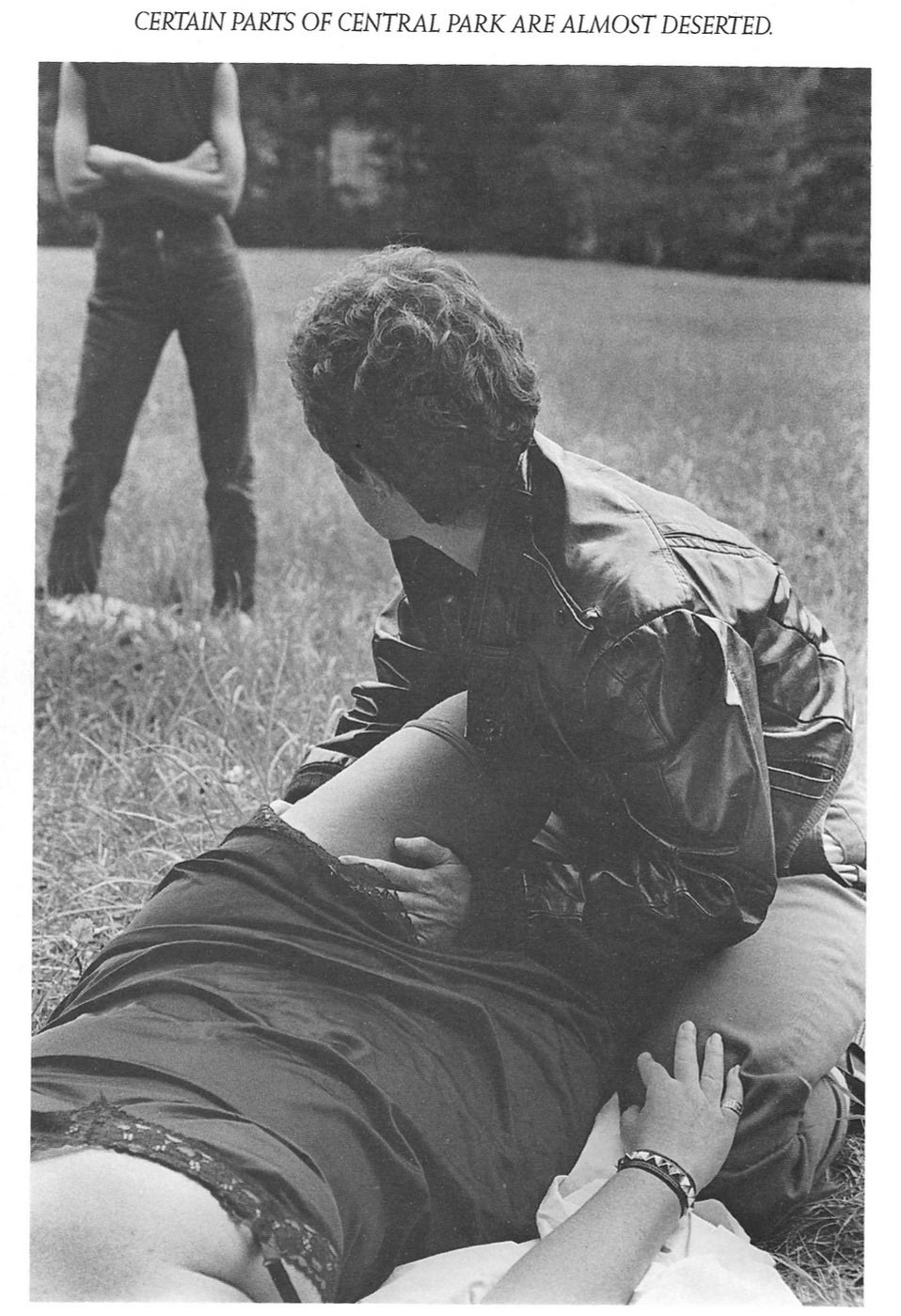
Morgan Gwenwald was a photographer who worked closely with the lesbian community to capture both individual and community dynamics. Much of her work was sexual, and she was published several times in On Our Backs, an erotic lesbian magazine first published in 1984.
Polly Thistlethwaite, NYC, 1995
Morgan Gwenwald, 1995
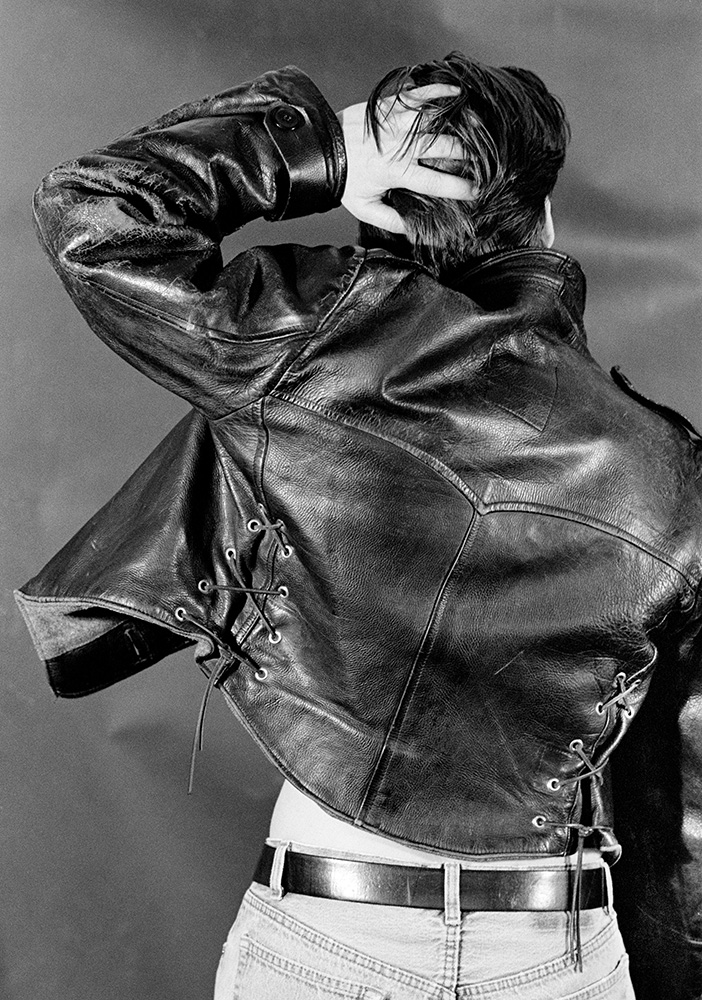
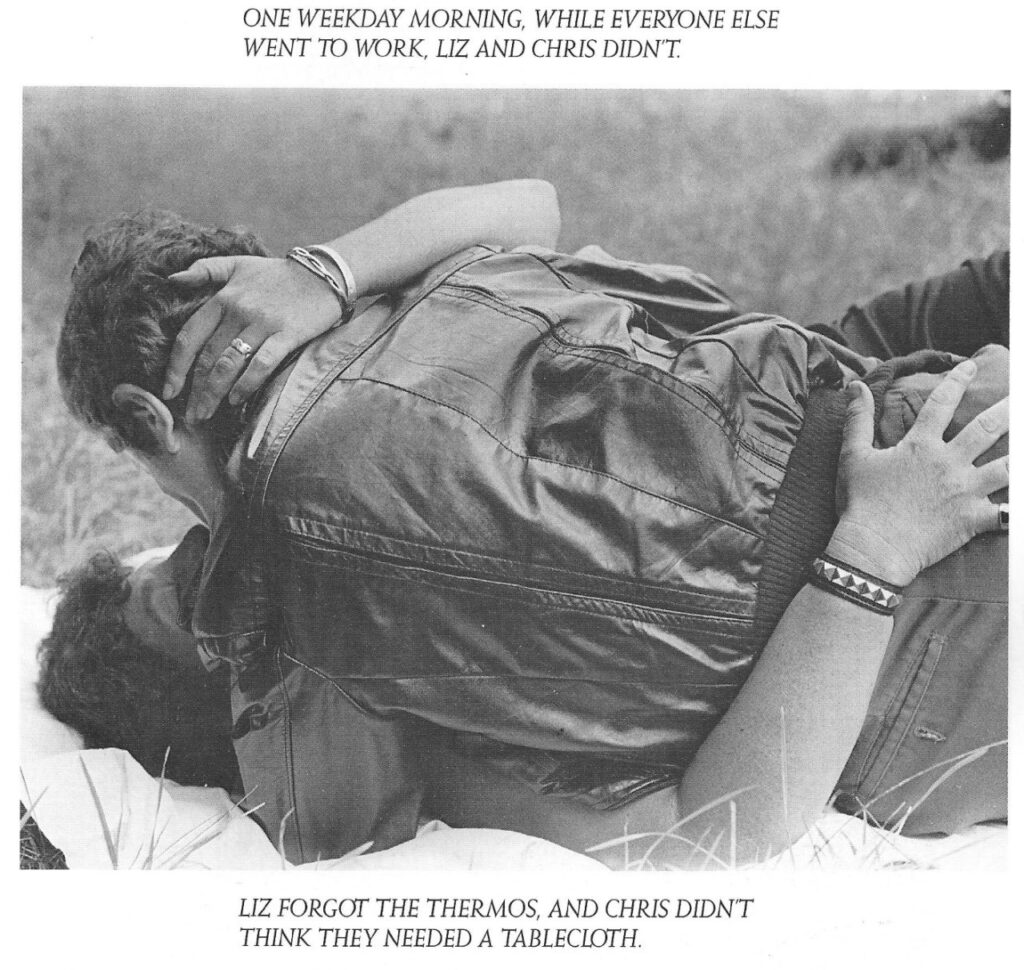
This editorial subverts an essential component of the butch/femme community’s connection to labor and work, as it began in working-class settings, turning this lesbian picnic into a sexual and secretive escape from workday expectations.
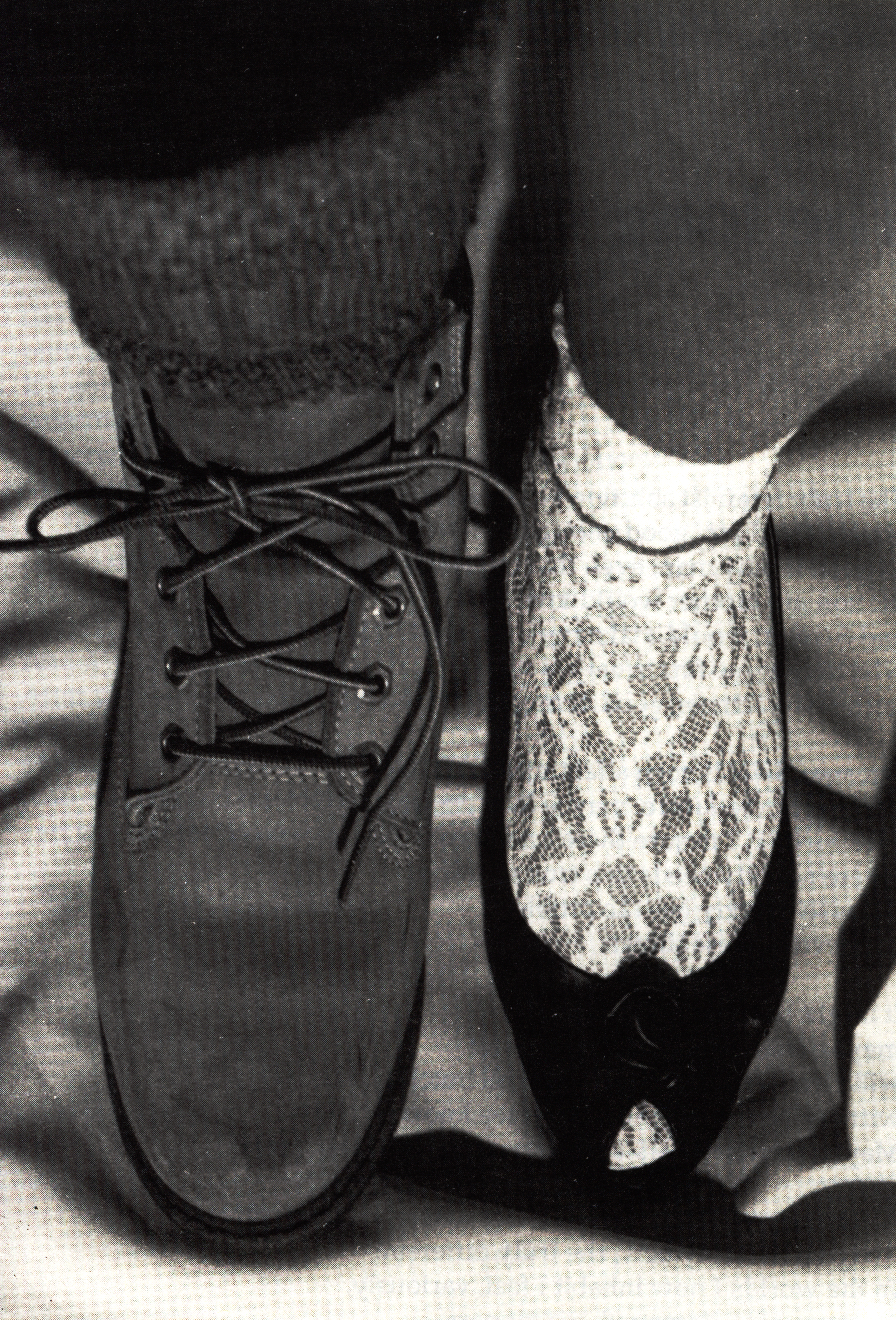
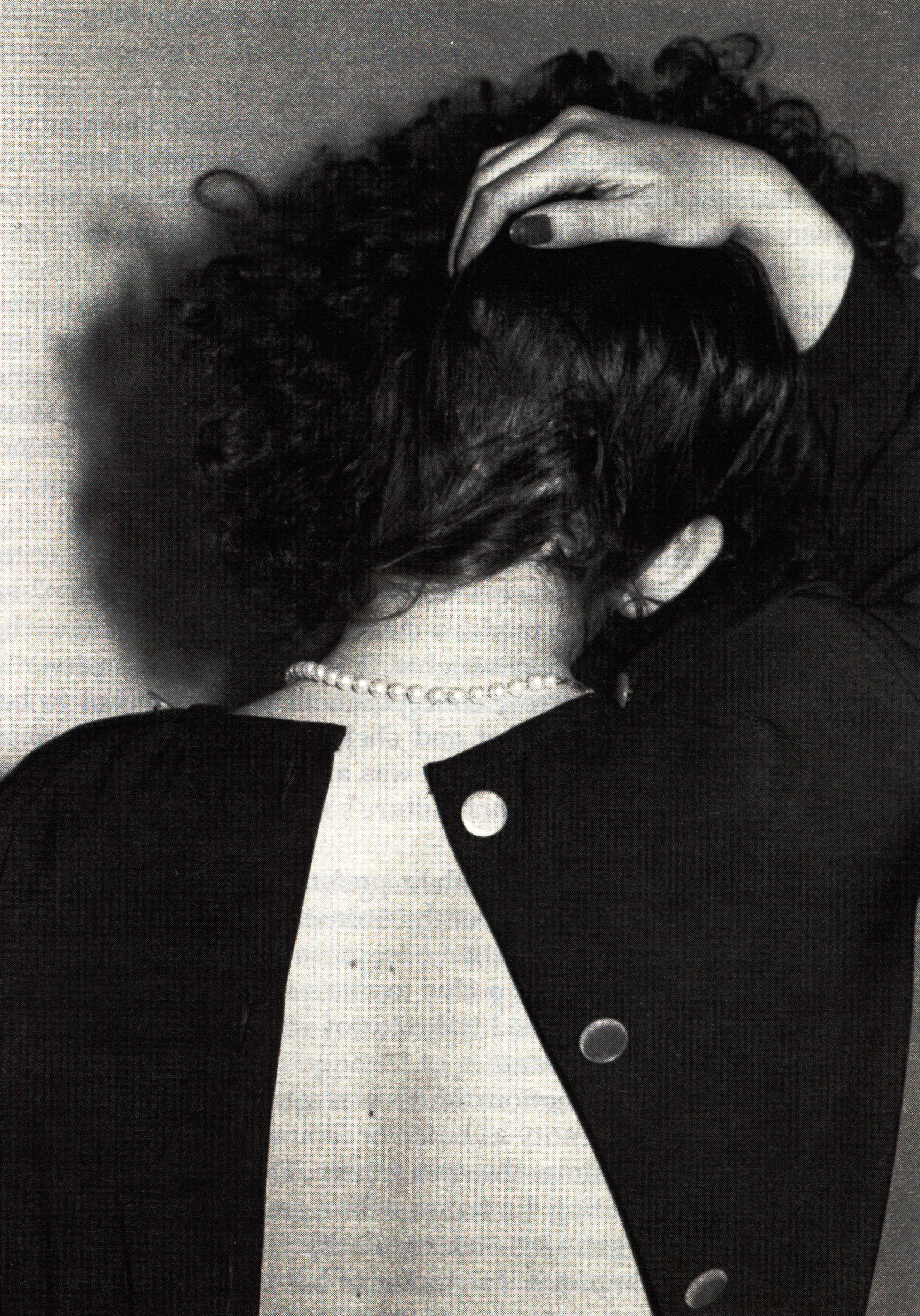
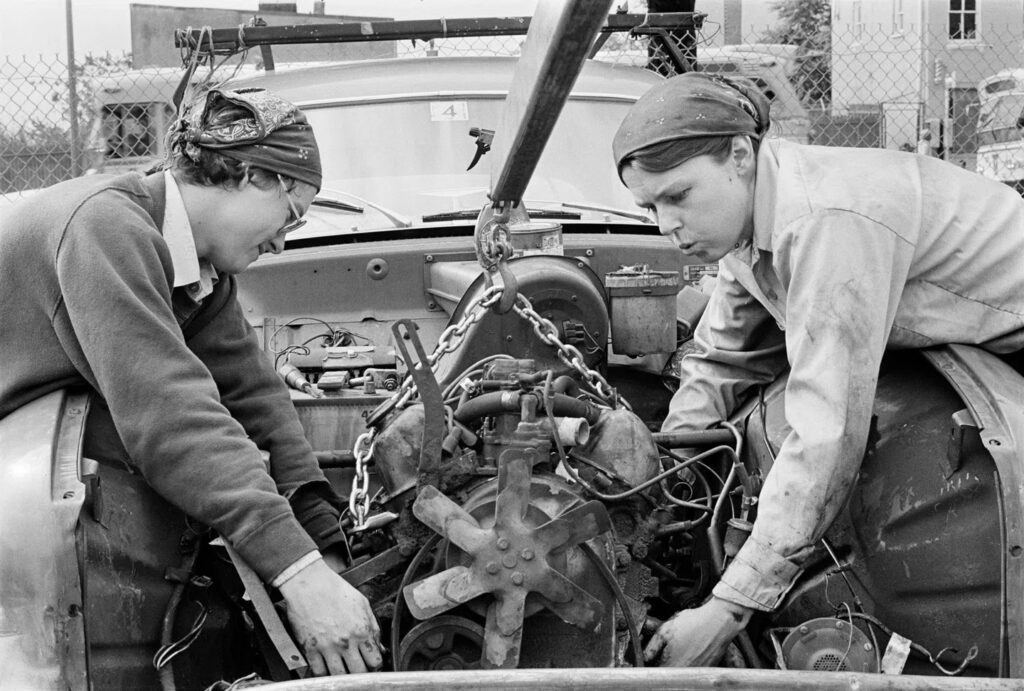
Joan E. Biren spent much of her career documenting the lives of everyday lesbians through photography, capturing them at home and in their daily routines. Here, two women work at a mechanic shop, taking on a traditionally masculine role. Biren’s work was paramount to removing dangerous stereotypes about lesbians, especially those who present as masculine, and she provided a more tender representation than had been previously shown.
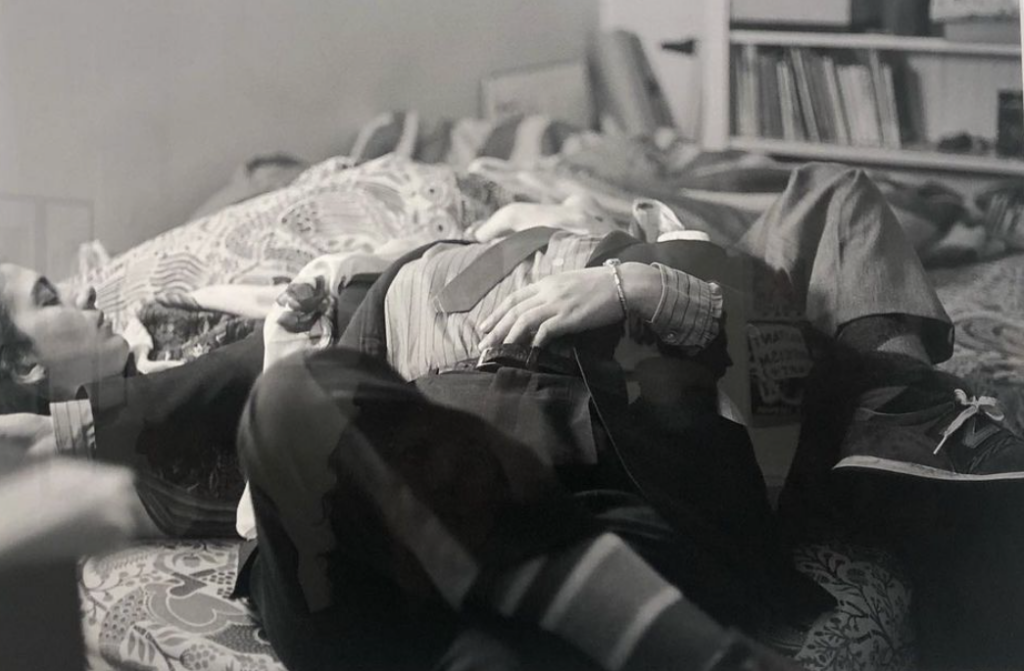
Here, two women recline on a bed. One is dressed in a suit, while the other lies beneath her and supports her, suggesting intimacy and connection.
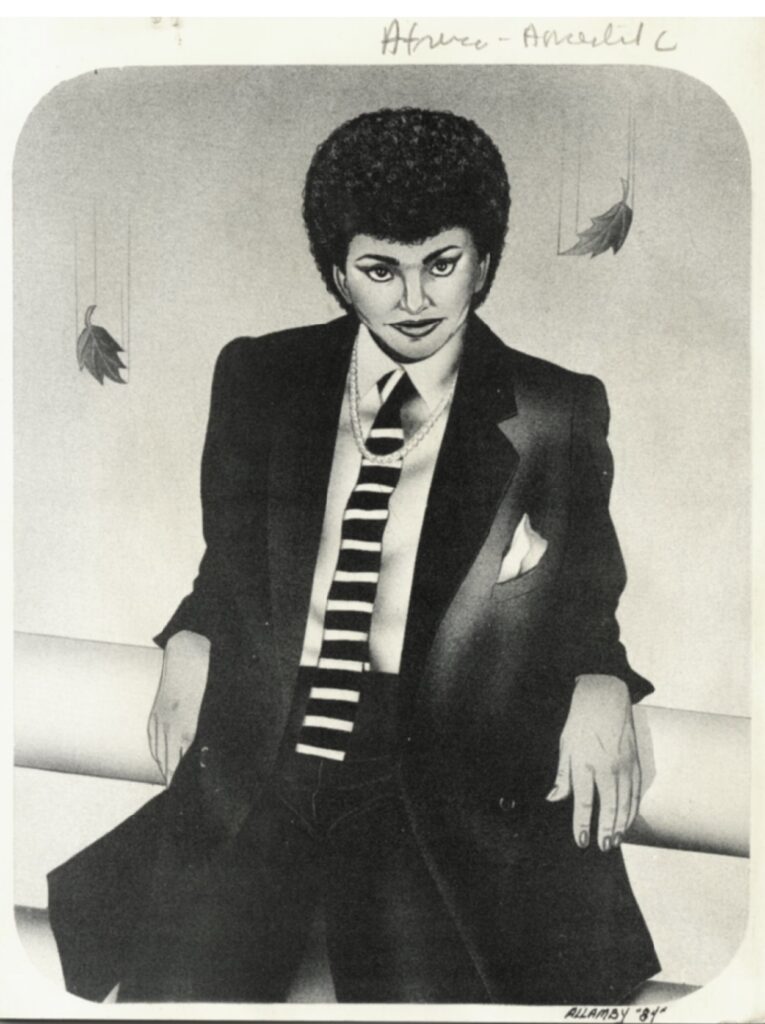
This bar card presents a black butch dressed in a suit, looking confidently at the viewer. Masculinity as expressed by lesbians of color is often far more villianized by members of the community and those outside of it, as racism and expectations of femininity intensify repercussions.
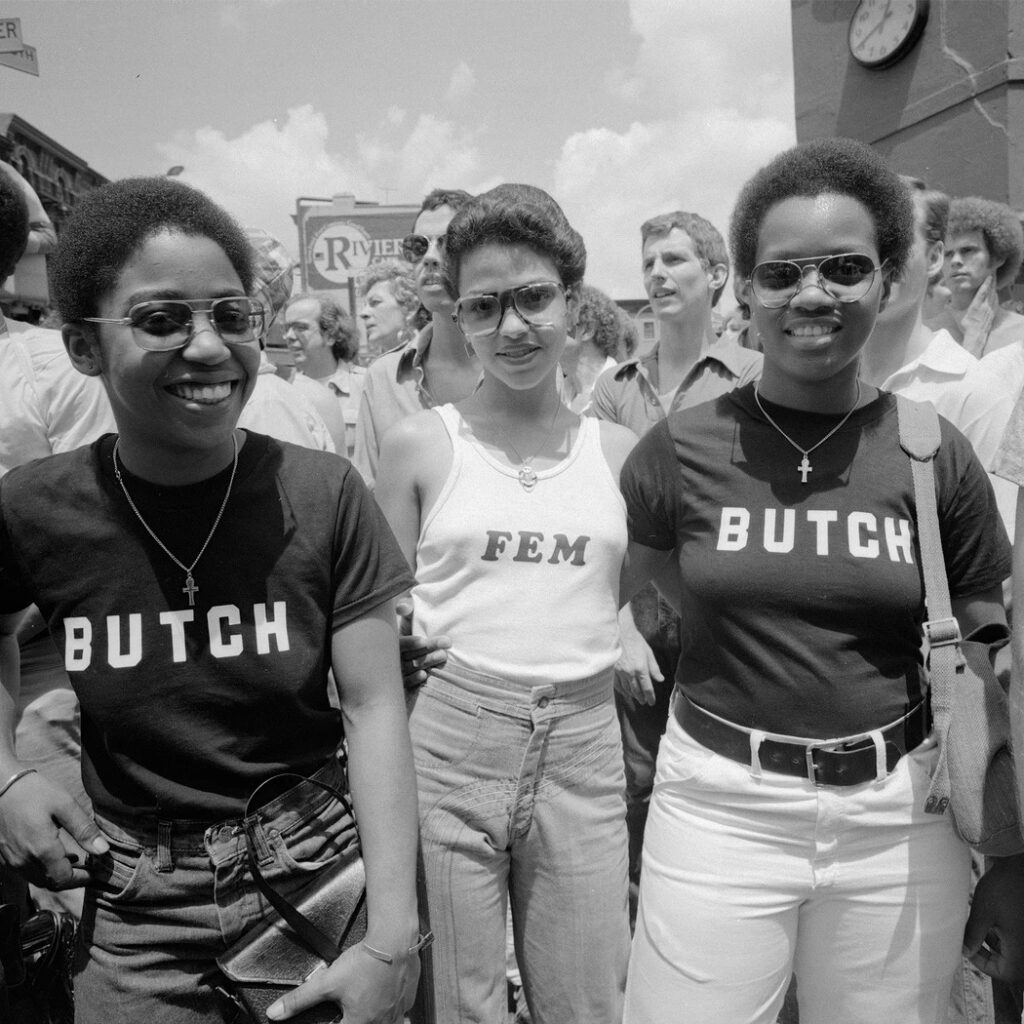
Three black lesbians are captured at the 1977 NYC Pride March. Two wear t-shirts with the label “butch” and their “fem” companion appears between them. Pride marches were a way to express and build solidarity among LGBT groups.
Butch/femme originated from community. Friendships among and between femmes and butches have always been essential to the identity, as this was where strength grew in the fight for visibility. As these labels became more widespread, official societies and organizations formed, such as the Butch/Femme Society, which still exists today. These groups worked to host fundraisers and events that promoted lesbian health, wellness, and recreation. Butch/femme also moved into the academic world as those who had spent their younger years experimenting with the identity wrote about their involvement, reflected, and organized.
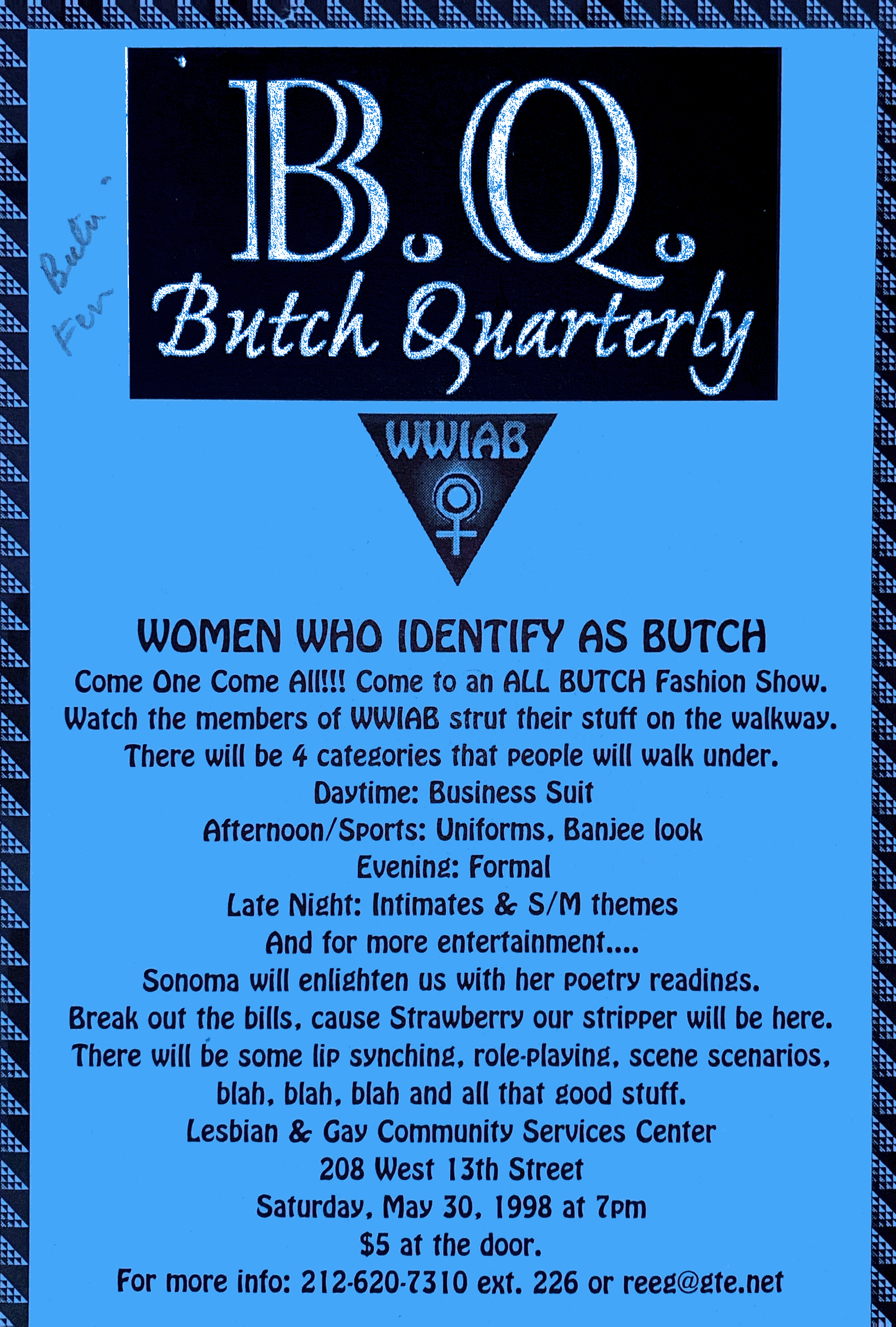
Butch Quarterly Fashion Show
NYC, 1998
Butch/Femme Conference
NYC, 1992
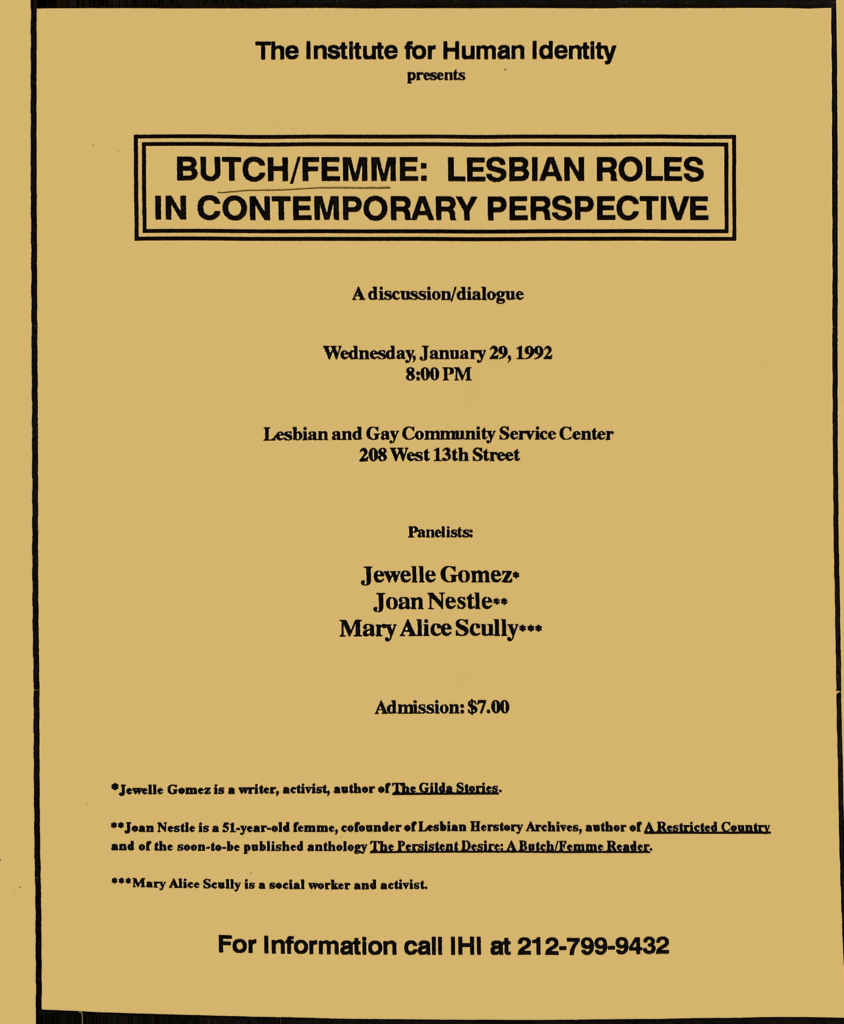
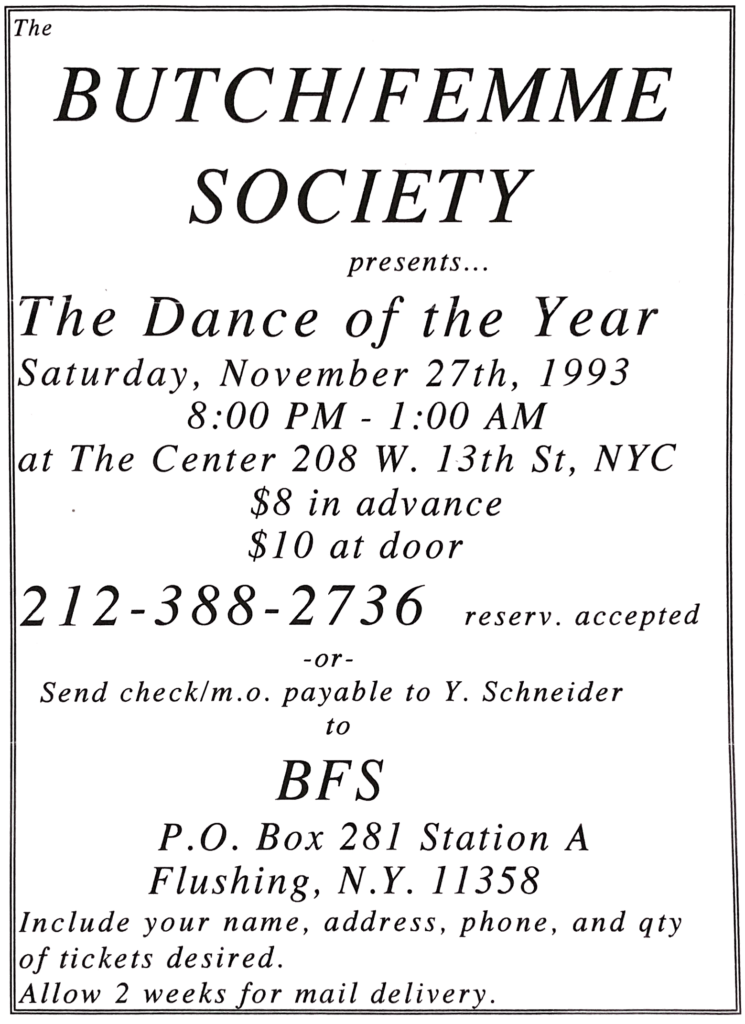
Dance Sponsored by the Butch/Femme Society
NYC, 1993
Invitation Sent to Joan Nestle
1993
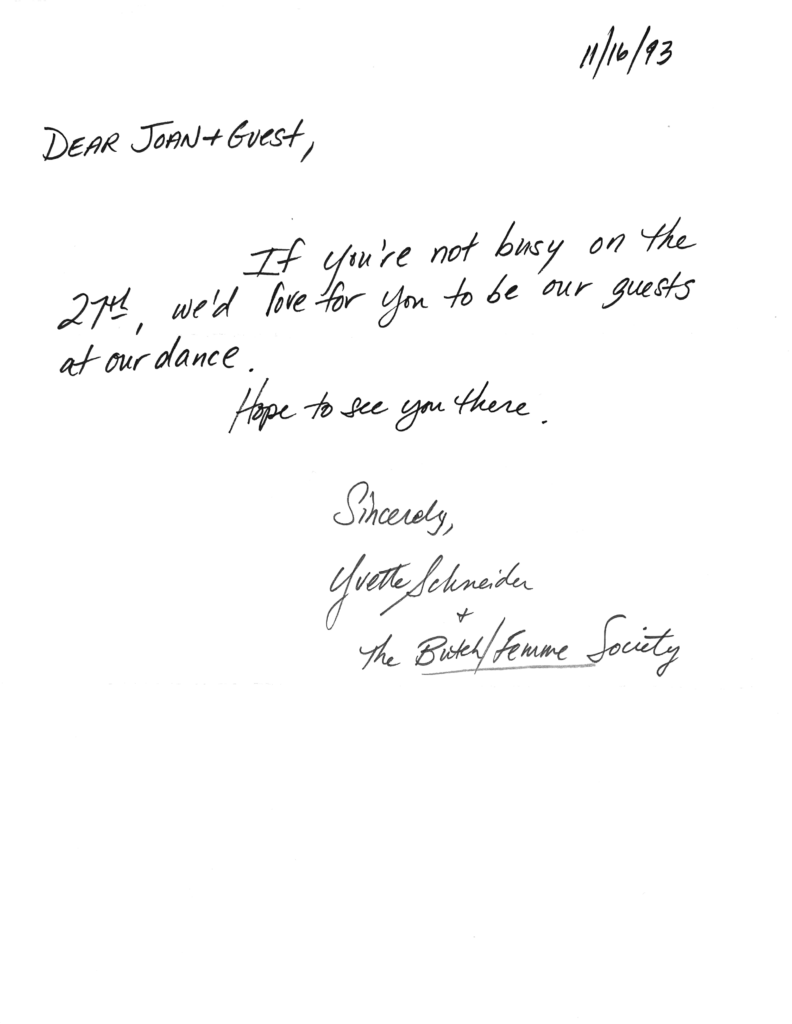
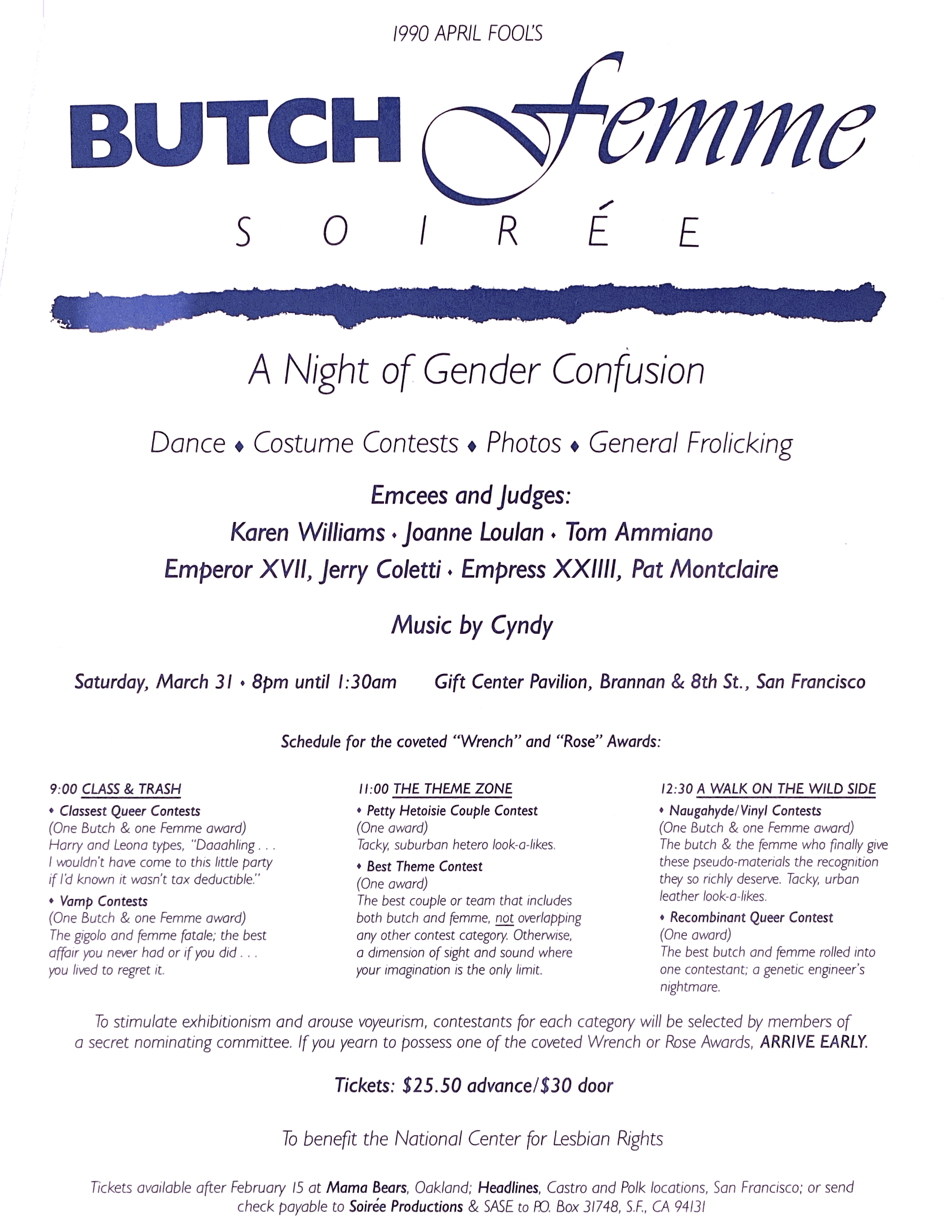
Butch/Femme Society Soirée Poster (Benefit for National Center for Lesbian Rights)
San Francisco 1990
Butch/Femme Society Soirée Poster (Benefit for Lyon Martin Clinic)
Year Unknown
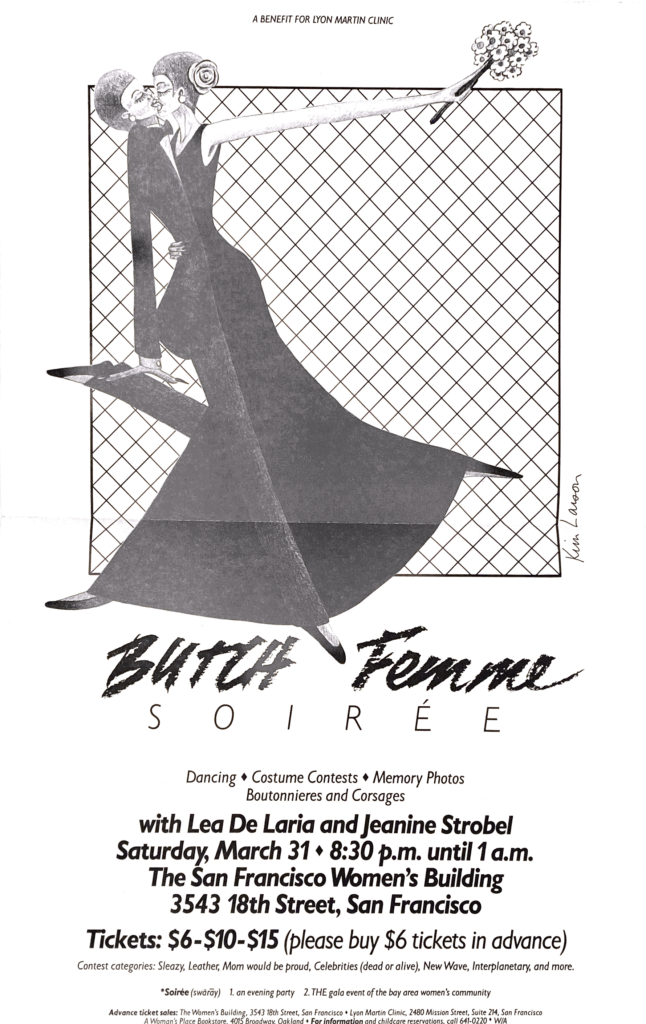
Many lesbians did not identify with the butch or femme label; some found it to be limiting in terms of their personal expression and relationships. Alison Bechdel, a lesbian graphic artist, did not fully identify with the butch label herself, but much of her work reflects various attitudes and opinions from the community at the time. This comic shows the diverse nature of the lesbian community while acknowledging the many roles and stereotypes that exist within it.
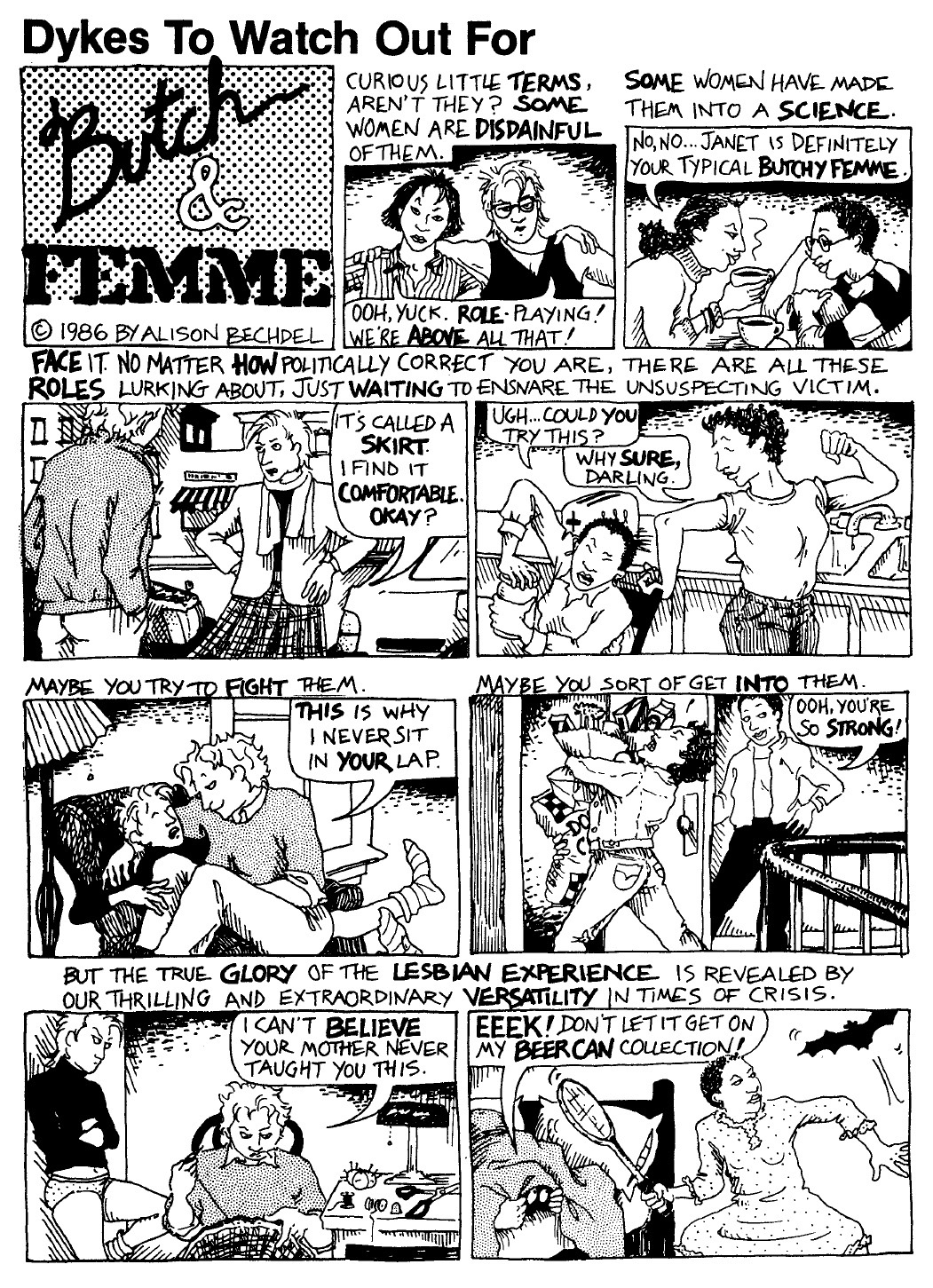
“Butch & Femme”
Alison Bechdel, 1986
Pins, 1980-1995
Courtesy of the Lesbian Herstory Archives Pin Collection
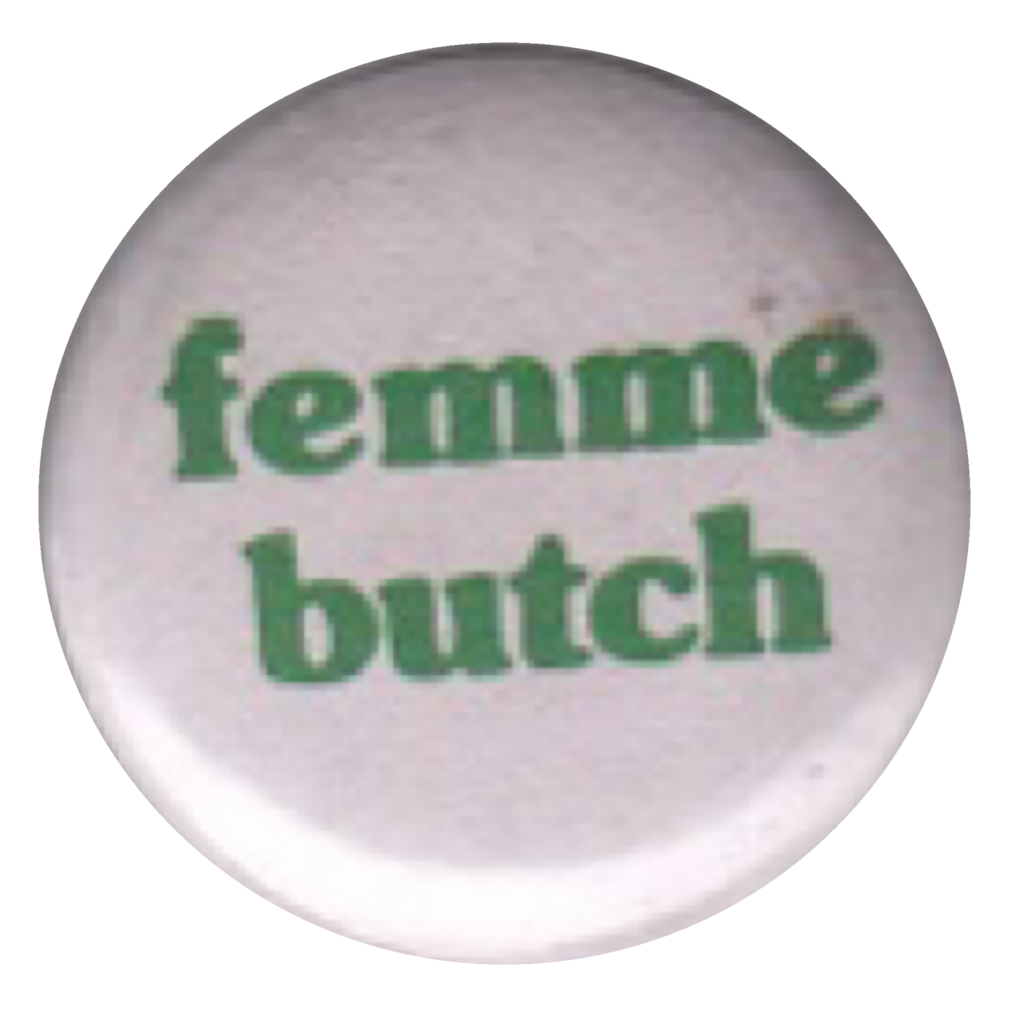
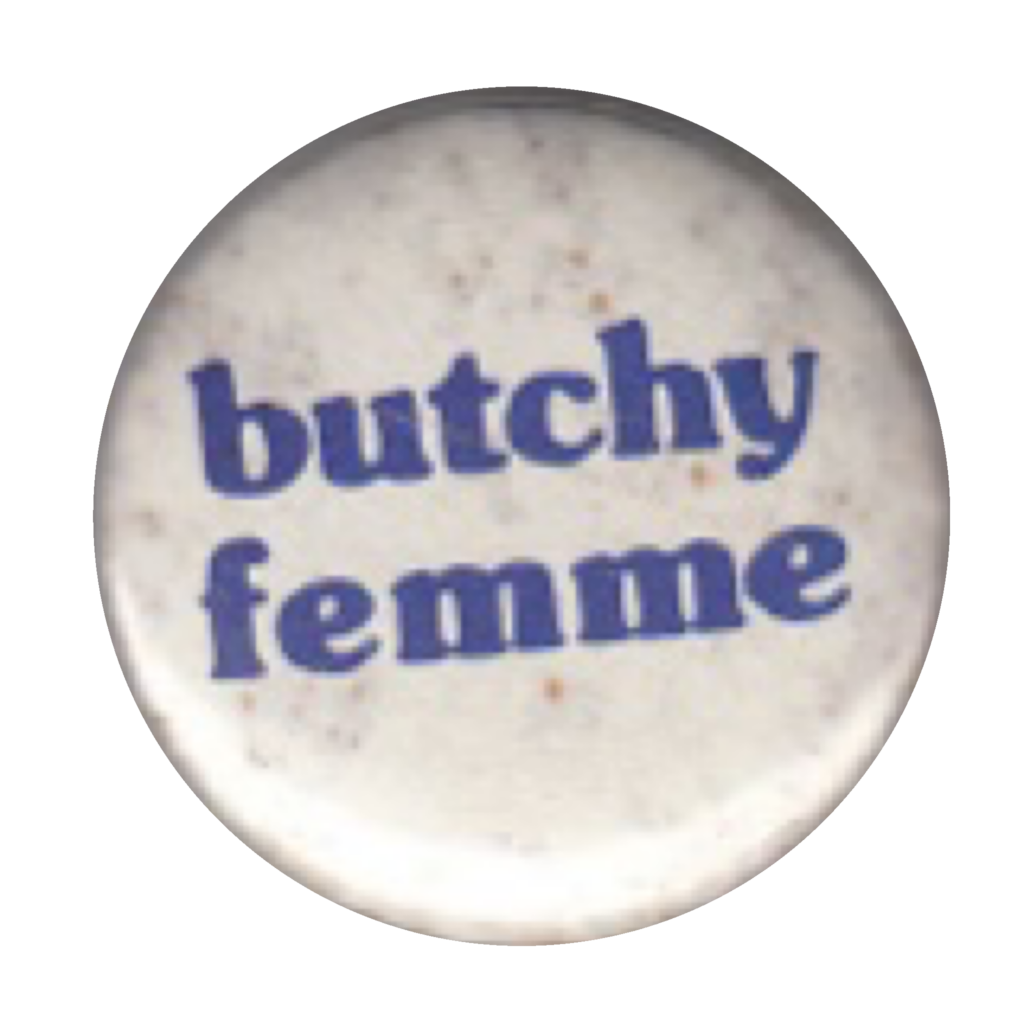
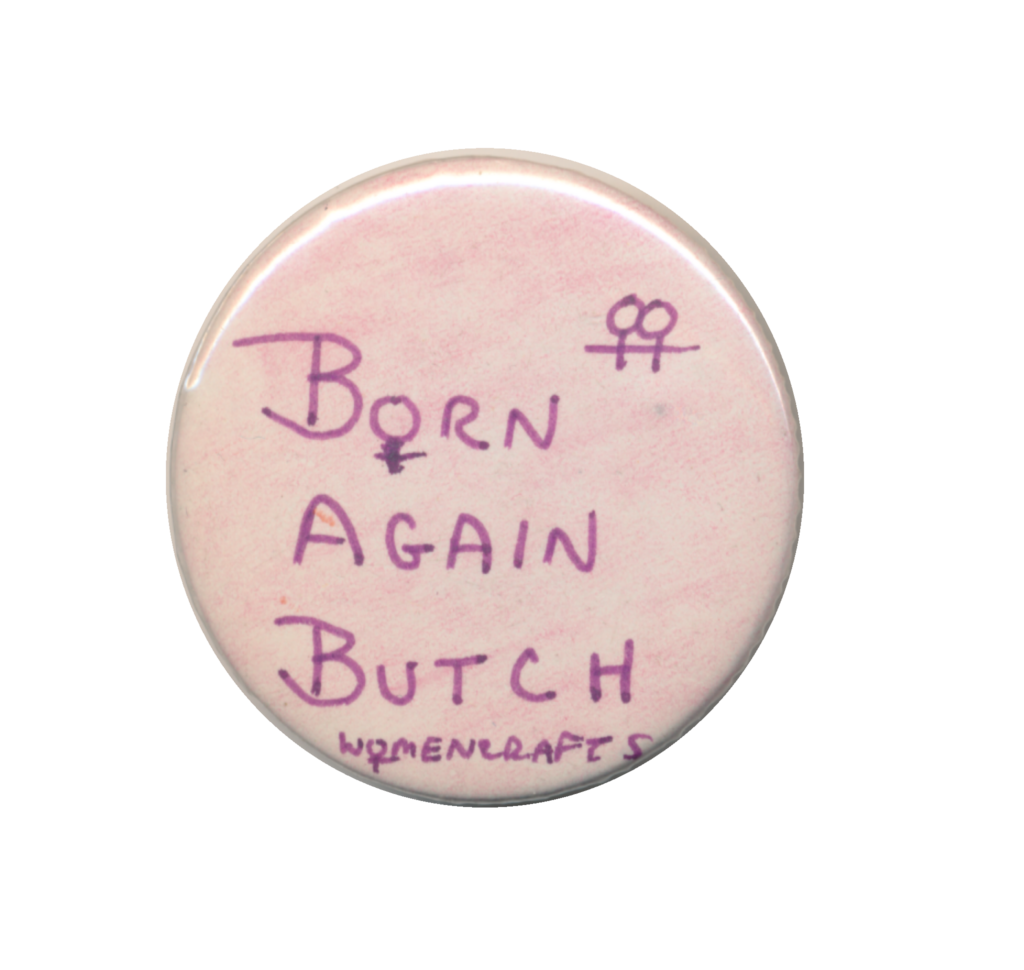
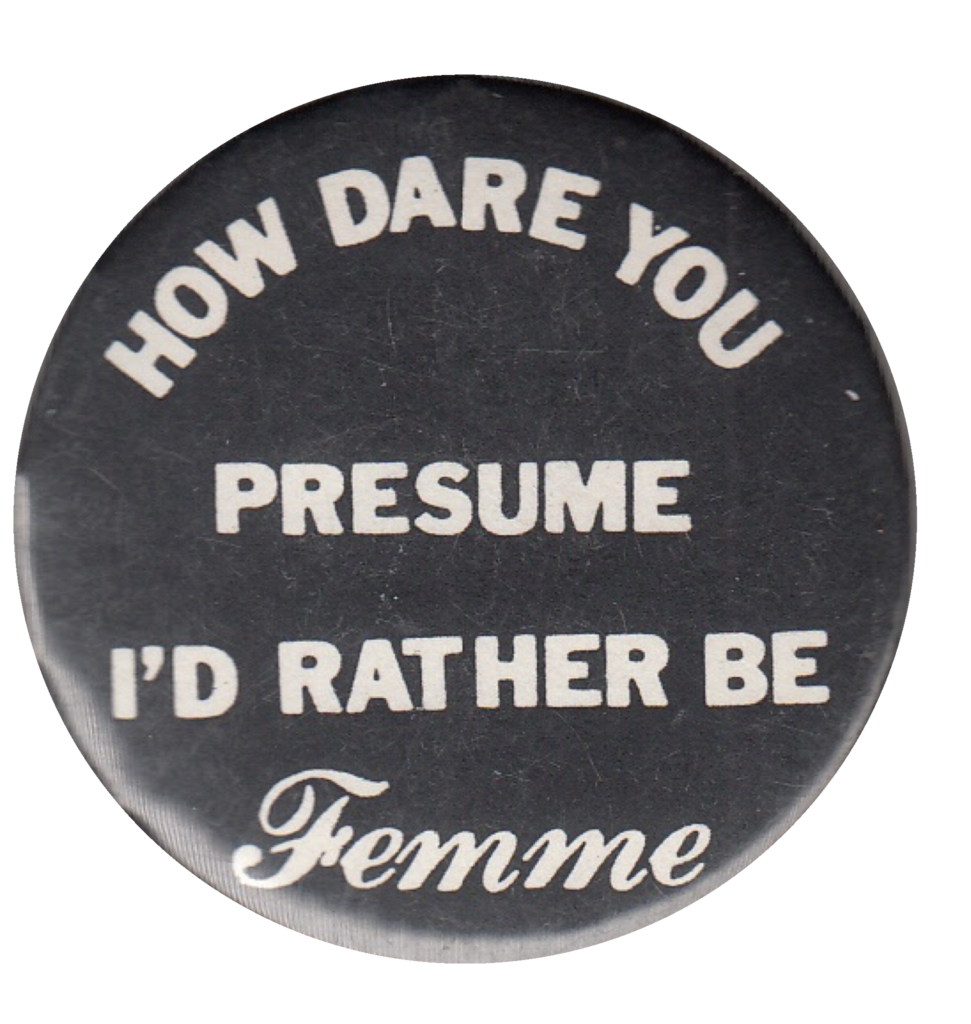
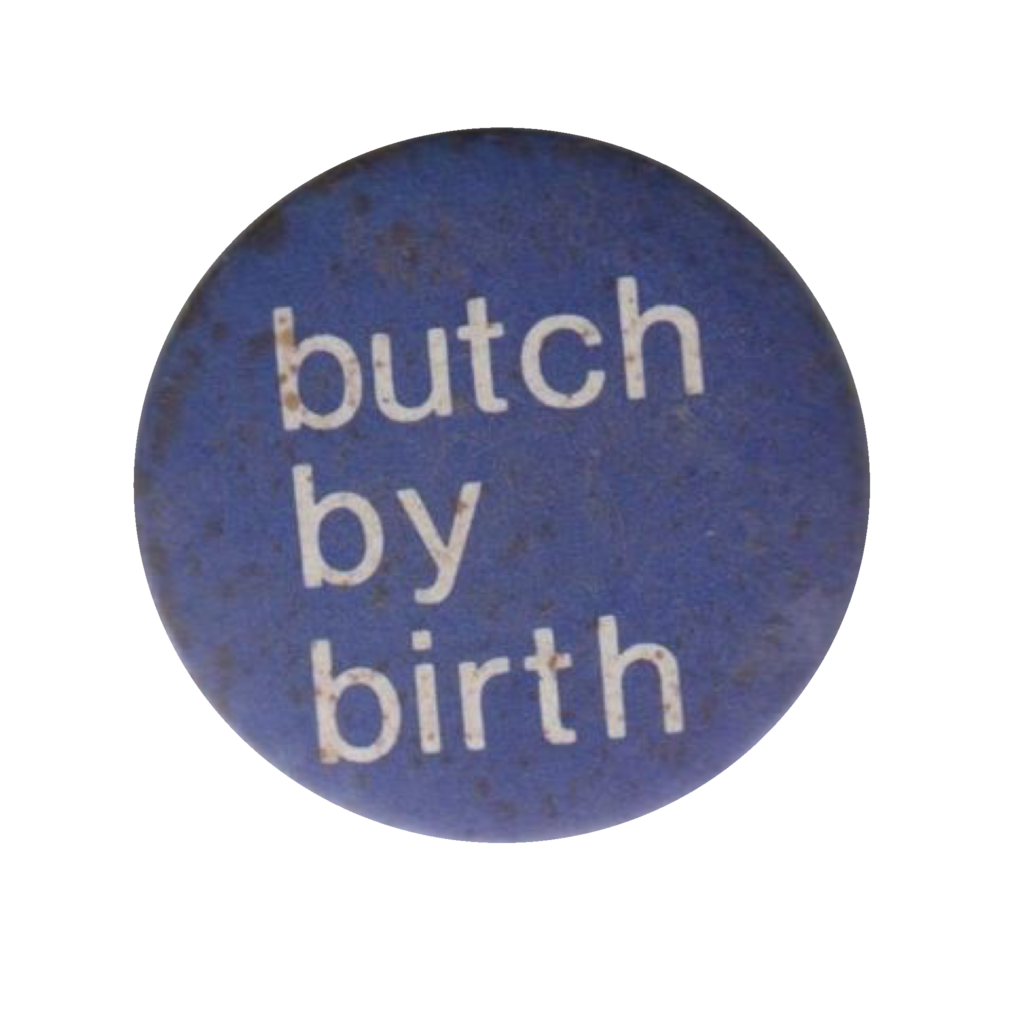
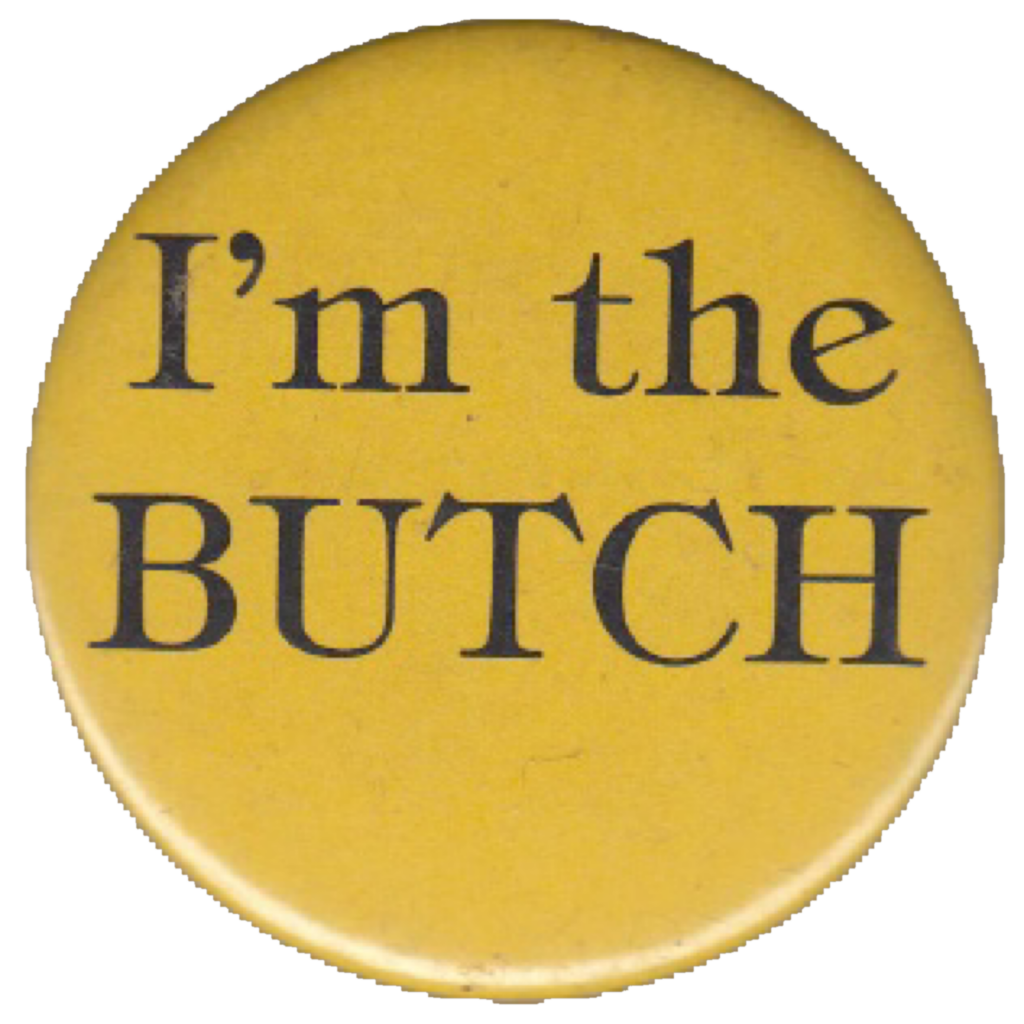
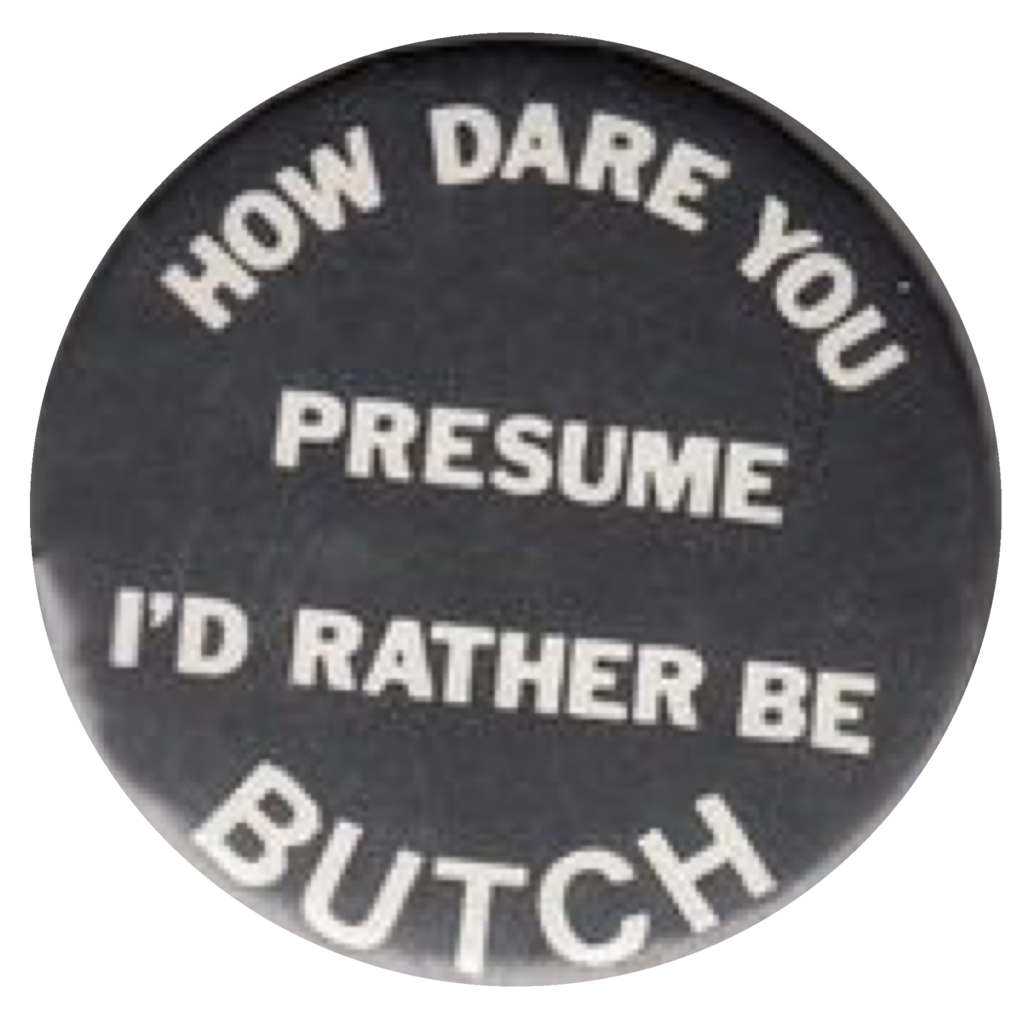
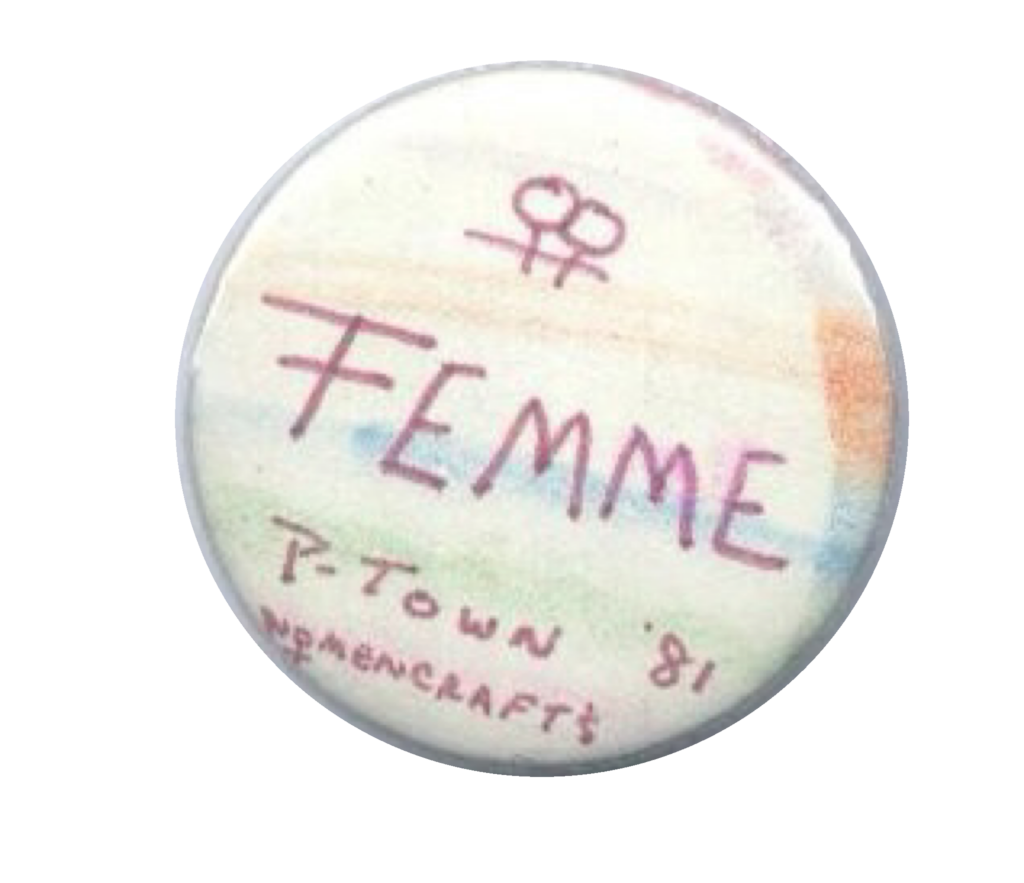
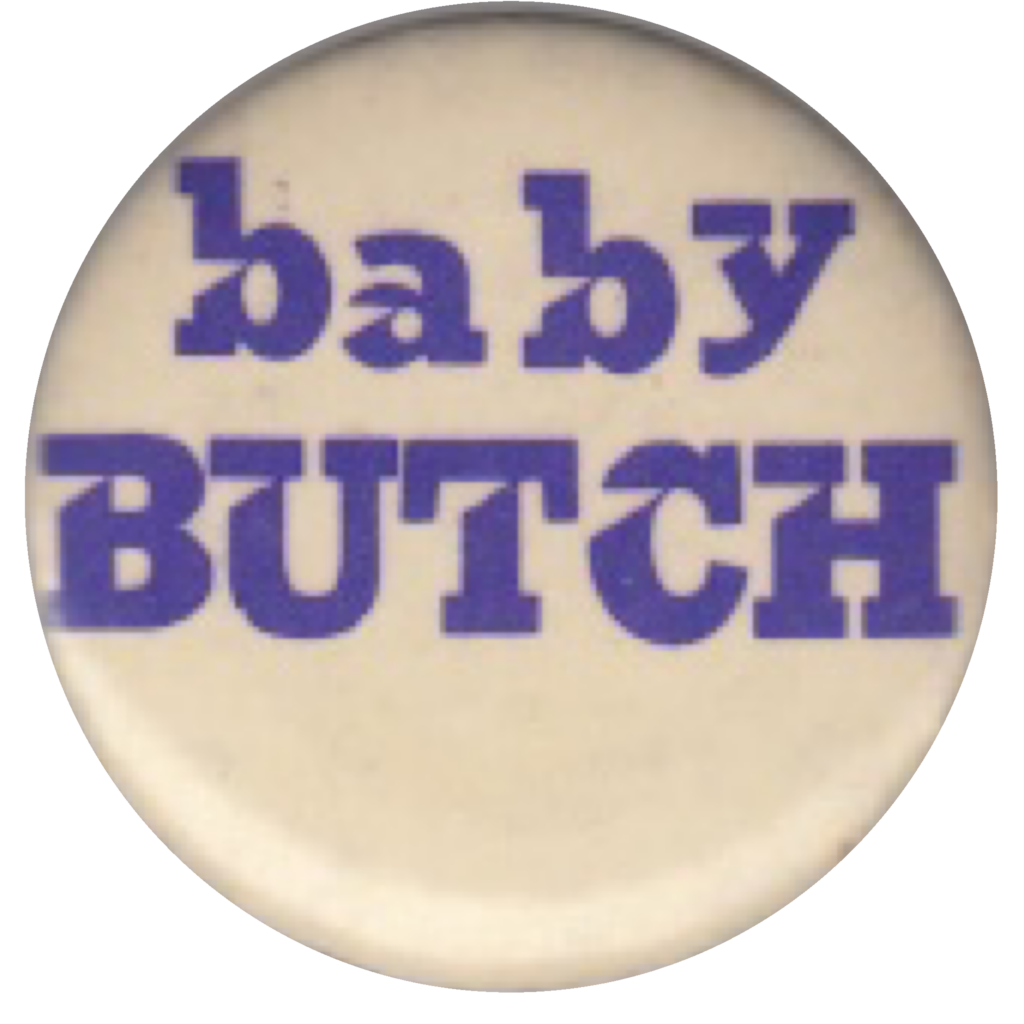
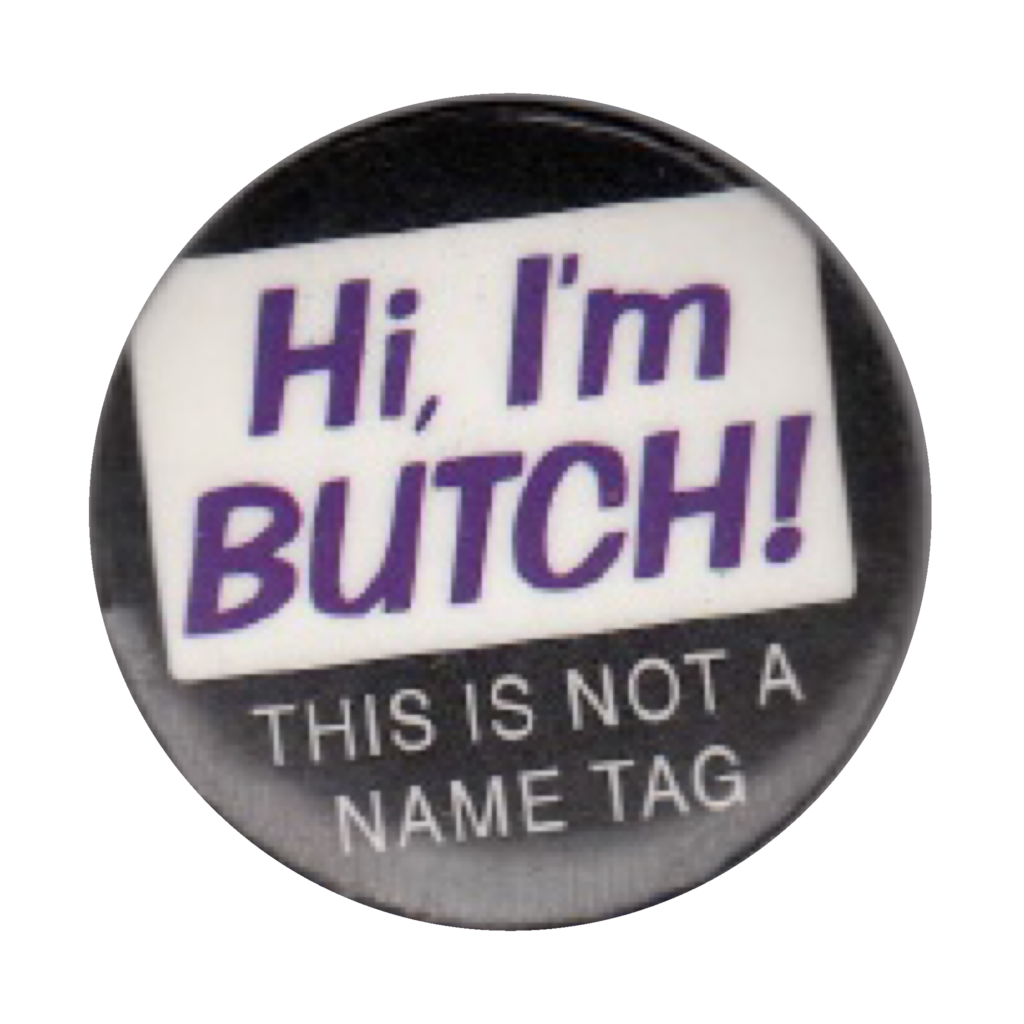

Watch various digitized segments of Dyke TV, a program meant for dykes with a mission to “Incite, Subvert, Provoke and Organize.”
Read first-hand accounts and reflections of life as a butch or femme individual during this time period.